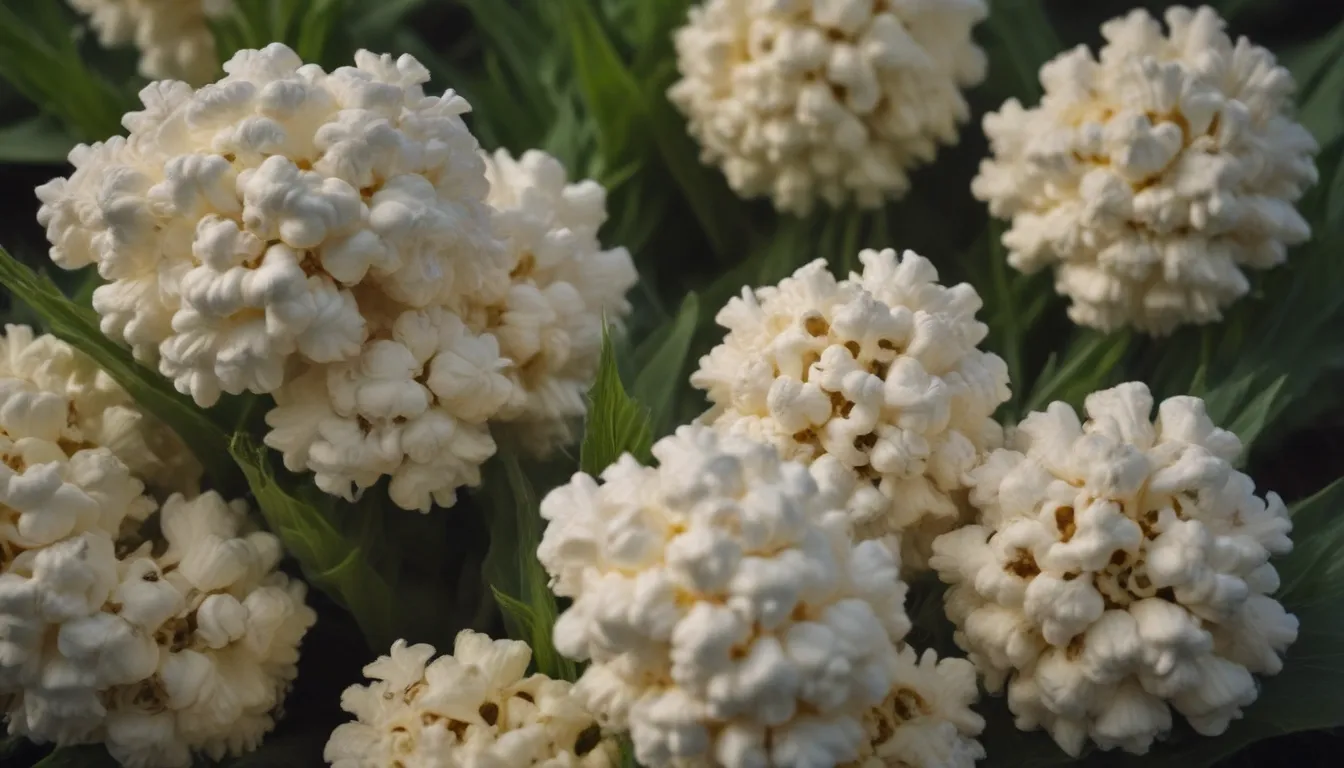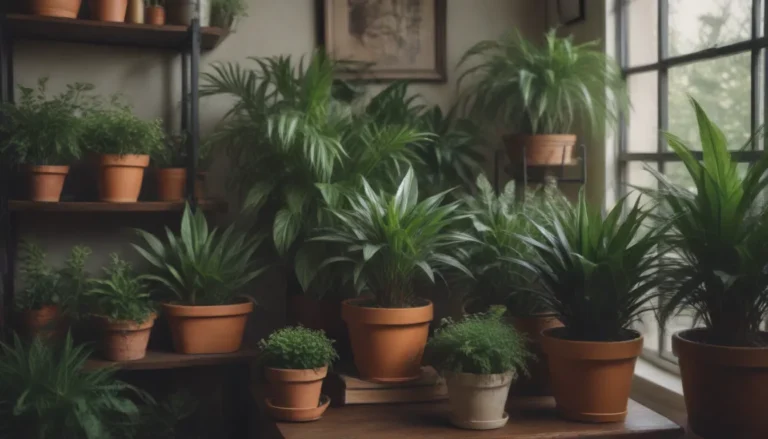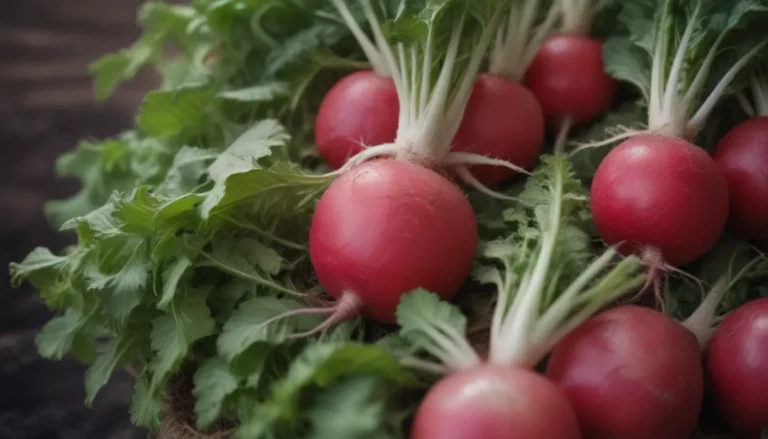Cultivating and Nurturing Popcorn Plants: A Comprehensive Guide

Welcome to this detailed guide on how to grow and care for popcorn plants. In this article, we will explore everything you need to know about these unique shrubs, from their origins in Africa to tips on cultivation and maintenance. Whether you’re an experienced gardener or a novice plant enthusiast, this article is sure to provide you with valuable insights and practical advice.
The Fascinating World of Popcorn Plants
The popcorn plant, scientifically known as Senna didymobotrya, is a tall shrub that can reach heights of up to 25 feet in its native African habitat. However, when grown in colder climates as an annual, it typically stays around 3 feet tall. One of the most distinctive features of the popcorn plant is its buttered popcorn-like scent, emanating from its small oval leaves rather than its bright yellow flowers. Popular among children for its unique fragrance that is released when the leaves are touched, it’s important to note that the plant is toxic if ingested, making it essential to keep it out of reach of small children and pets.
Popcorn Plant Care Tips
Proper care is essential for the healthy growth and blooming of popcorn plants. Here are some essential tips to help you take care of your popcorn plants:
Light:
- Place your plants in direct sunlight, as they thrive in heat and light.
- Watch out for leaf closure during the day, which may indicate the plant is getting too hot and dry.
Soil:
- Opt for fertile, rich, and well-drained soils for optimal growth.
- When grown in pots, consider a mix of potting soil and sandy loam to prevent the plant from becoming too dry.
Water:
- Water your tropical popcorn plant regularly, especially if it’s in a container.
- Keep the soil moist but not wet, and consider misting the leaves during hot and dry weather.
Temperature and Humidity:
- Popcorn plants prefer high humidity levels and temperatures above 80 degrees Fahrenheit for optimal growth and flowering.
Fertilizer:
- Use fertilizer designed for tropical plants in late spring and mid to late summer.
- Follow the product label instructions for the correct dosage.
Additional Care and Maintenance
In addition to the basic care tips mentioned above, here are some additional recommendations to ensure your popcorn plants thrive:
Pruning:
- Deadhead spent blooms and trim any dead or leafless branches to maintain the plant’s health and fullness.
Propagating:
- While growing popcorn plants from cuttings can be challenging, propagating via seeds is usually more successful.
- Gather dried seed pods in late fall and extract the seeds for planting.
Potting and Repotting:
- Choose well-draining soil and containers with ample drainage for potted popcorn plants.
- Consider terracotta pots for optimal moisture control, and repot as needed to accommodate plant growth.
Overwintering:
- Popcorn plants can be overwintered indoors in a greenhouse or garage above 40 degrees Fahrenheit.
- Water sparingly during the winter months and return the plant outside once the risk of frost has passed.
Dealing with Pests and Diseases
Fortunately, popcorn plants are relatively resilient to pests and diseases. However, here are some common issues to watch out for and how to address them:
- Pest Control: Aphids may occasionally affect popcorn plants, but can be managed with a strong jet of water or horticultural oil.
- Disease Prevention: To prevent fungal diseases, ensure good air circulation and avoid overwatering the plant.
Maximizing Blooming Potential
To ensure your popcorn plants bloom abundantly, follow these tips for optimal care and maintenance:
- Maintain proper temperature and humidity levels for tropical plants.
- Protect plants from temperatures below 40 degrees Fahrenheit to avoid stunted blooms.
- Provide full sunlight and good air circulation for healthy growth and flowering.
In conclusion, popcorn plants are beautiful additions to any garden, with their vibrant colors and unique scent. By following the tips and guidelines outlined in this article, you can cultivate and care for these plants successfully, whether as annuals in colder climates or long-term residents in tropical regions. Remember to enjoy the process of nurturing your popcorn plants and witness the beauty they bring to your outdoor space. Happy gardening!





